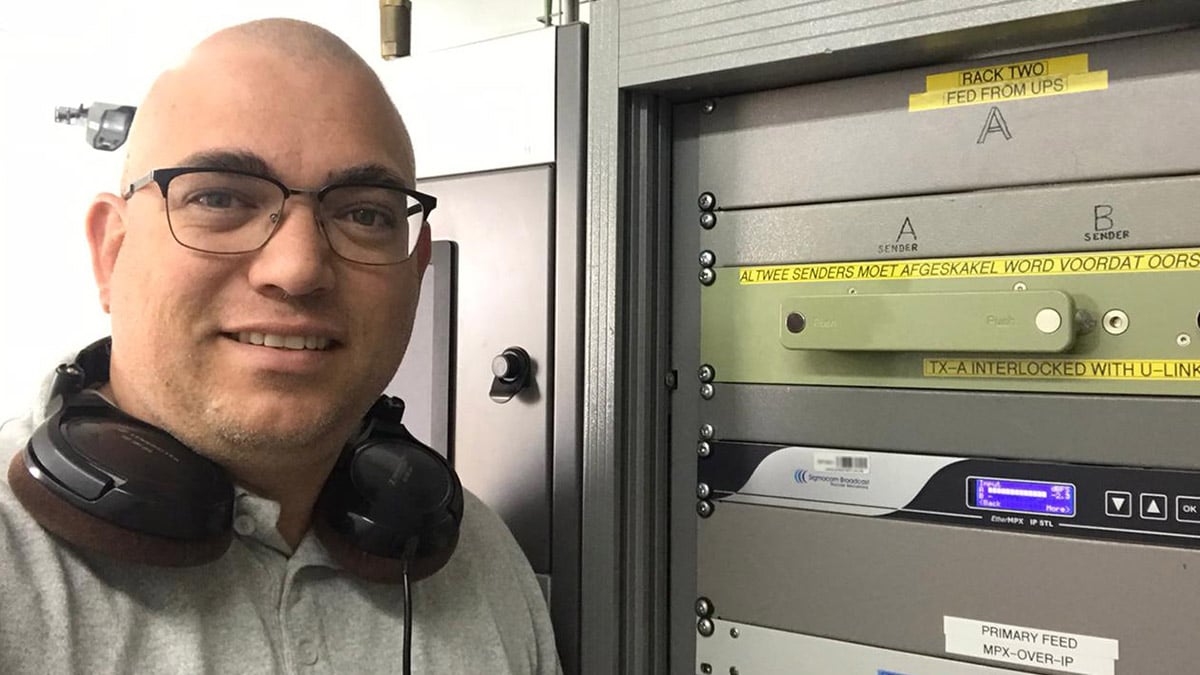JOHANNESBURG — The popularity of FM radio worldwide continues unabated though facing increasing competition from the web, 5G broadcast and others for listenership. FM is ubiquitous and capable of delivering high-quality audio, albeit with some limitations.
Commercial FM radio “sonic signatures” are not readily divulged. For radio stations to achieve their particular “sound” goes beyond the choice of the on-air talent — the station engineer must play their part in achieving the sonic objectives of the radio station.
Broadcast audio processing is an engineering and artistic endeavor. From an engineering perspective, it must control the peak carrier deviation to standards prescribed by regulatory authorities. The artistic component creates the particular sonic signature primarily by increasing perceived loudness while achieving overall consistency.
Broadcasters should consider FM-based STLs for secondary program links only and avoid using MP3s for primary audio playout
The best location for the processor is at the transmitter site, especially if there is any form of lossy coding (i.e., AAC or MPEG) in the distribution path. Non-constant phase/group delay and bit-reduced coding within the transmission channels increase the peak level of the audio causing overshoots.
The transmission channel must provide a low-frequency cut-off of 0.16 Hz; even less when multiple low-frequency elements are cascaded. Modern music production and mastering techniques produce material normalized beyond the absolute digital audio peak level — 0dBFS+. This technique is problematic with consumer audio equipment with insufficient D/A headroom, resulting in clipped and distorted audio. Thus, it’s mandatory for broadcasters to observe the cut-off frequency requirement to reduce exposure to 0dBFS+.
Audio linking and exciters
The 800 MHz band in many countries is unavailable for uncompressed STL-type links, so broadcasters must find alternatives.
Copper-based technologies are obsolete, and telco providers are migrating customers to fiber circuits. There is potential for using licensed microwave point-to-point full duplex linking, but this depends upon infrastructure and spectrum.
Where broadcasters continue to use a low-power FM transmitter as primary STL, the channel must provide a low-frequency cut-off of 0.16 Hz or lower (see Figure 1). Not meeting this requirement will increase peak modulation for reasons mentioned above. The author recommends adding pre-emphasis at only one point in the chain, preferably at the processor.
The automatic frequency control loop at the heart of an analog exciter takes the form of either a single-speed or dual-speed AFC loop design. For example, the Broadcast Electronics FX50 exciter used a dual-speed AFC and was well known for its audio performance attributes (as shown in Figure 2).
Greg Ogonowski at Modulation Index conducted extensive research in the mid-1990s to determine the performance differences between FM transmitter models and their interaction with STL systems. He concluded that the sources of overshoot were from improperly designed AFC loops and/or those which presented an infrasonic peak in their response characteristics.
It’s still important, by today’s standards, to ensure that the transmission channel exhibits the characteristics as described.
Linking and audio processing advances
IP has brought some notable advances to FM radio in the form of program linking. Specifically, these approaches use the TCP-IP channel to transfer the MPX signal. Omnia, Orban and Wheatstone have released MPX-over-AES interfaces on several audio processing models that allow direct connection to FM transmitters supporting the standard.
Although the MPX-over-AES idea was pioneered through work done by Nautel and Omnia, it’s an open technology standard that has been adopted worldwide by several transmitter manufacturers. This approach ensures highest quality with zero overshoot.
The Sigmacom EtherMPX is one unit for transporting traditional MPX over an IP transmission channel. It supports analog left/right mode — with data rates up to 2.37 Mbps — and MPX, AES3 and MPX-over-AES — with data rates up to 4.75 Mbps (192 kHz sample rate). GatesAir offers a similar unit that provides interfaces for analog composite (via BNC) and MPX-over-AES (via XLR.)
An alternative is to use a compression algorithm to transport MPX over a data-limited channel; MicroMPX, by Thimeo Audio Technology, is a popular choice — it can transport the MPX signal across network bandwidths as low as 320 kbps. Omnia, 2wcom and Digigram offer hardware versions. WorldCast Systems has released its APTmpx offering with four distinct compression levels (with transfer rates as low as 300 kbps). The APT IP codecs support the AES192 interface and its transfer to transmitters equipped for Digital MPX input/s.
In conclusion, the author recommends applying pre-emphasis at one point only in the audio chain, and that broadcasters should consider FM-based STLs for secondary program links only and avoid using MP3s for primary audio playout. Station engineers should pay attention to the placement of the audio processor in the transmission system along with the playout formats and avoid unnecessary encode/decode processes that may compromise peak control. When in doubt, consult your equipment manuals or an audio processing specialist who could assist you in reaching your station’s sonic signature goals. Remember: What we do may be engineering, but it is also an art form!
The author is a transmission specialist for LS Telcom in South Africa. His “sonic signature designs” feature across several top-ranking radio stations in Southern Africa.

